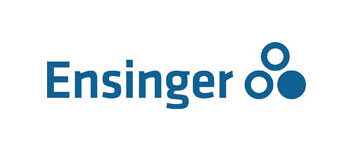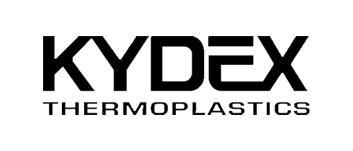The thermal insulating characteristics of plastics requires one to take a few special precautions that are not as common when machining metals especially when hole depths are greater than twice the diameter. Excessive heat build-up at the drill-plastic interface is the enemy and should be minimized. The use of flood coolants, peck drilling and special “slow spiral” drills are all helpful in evacuating heat for the cutting interface. The proper selection of tooling, feed rate, RPM and coolant will enhance the surface finish and tolerances of IDs while prolonging the life of tooling.
Small Diameter Holes (less than 1″ diameter)
High speed steel twist drills are generally suitable for most materials. In order to help with swarf removal frequent pull-out or peck drilling is suggested. A slow spiral (low helix) drill will help swarf removal. Feed rates will vary by material but in general range from .007 inches/rev. to .025 inches per rev. for all sizes less than 1″ diameter. These feed rates are based on our recommended speed of 150 to 200 feet/minute.
Very small holes (less than .032″ diameter) are best drilled using circuit board drills especially for harder high temperature materials. The flute length of these drills range between .080″ and.312″ so they are only suitable for thin gage materials. The stability of these circuit board drills is superior so tolerance control is helped.
Large Diameter Holes (greater than and equal to 1″ diameter)
A slow spiral (low helix) drill is suggested. A general purpose drill bit ground to a 118° point angle with 9-15° lip clearance can also be used with good results. The pip rake should be ground and the web thinned to help swarf removal. We suggest using a pilot hole of .5″ maximum diameter drilled using 600-1000 rpm and a positive feed rate of .005 to .015 inches/rev. Secondary drilling at 400-500 RPMs and a feed rate of .008-.020 inches/rev. is suggested to increase the diameter of the hole.
A 2-step drilling and boring sequence is often recommended for hard, notch sensitive materials. This procedure will minimize heat build-up and reduce the risk of cracking. The most common sequence involves:
- Drilling a 1″ diameter hole using an insert drill at 500 to 800 RPM with a feed rate of .005 to .015 inches per rev.
- Bore the hole to final dimension using a boring bar with carbide insert with a .015-.030″ radius at 500 to 1000 RPM and a feed rate of .005 to .010 inches per rev.
Mike Oliveto
Quadrant Plastics










I like that you provided some tips on how to minimize heat when drilling plastic such as drilling holes that are less than 1″ in diameter. It is recommended that small holes be drilled using circuit boards drills. You said that this is best used for harder high-temperature materials. It sure would be able to withstand the heat. If I were to do my own utility drilling of my own, I would make sure to keep this in mind. Thanks.
Thank you for all the drilling tips and how to minimize heat when drilling plastic. My husband has been struggling to drill into plastic and doesn’t know what to do. That is good to know that a 2-step drilling and boring sequence is often recommended for hard, notch sensitive materials. We will have to make sure we find a carbide insert for that second step.
I never knew that a 2-step drilling and boring sequence is often recommended for hard, notch sensitive materials. I am drilling a well in my backyard this fall. Thanks for the tips on drilling.